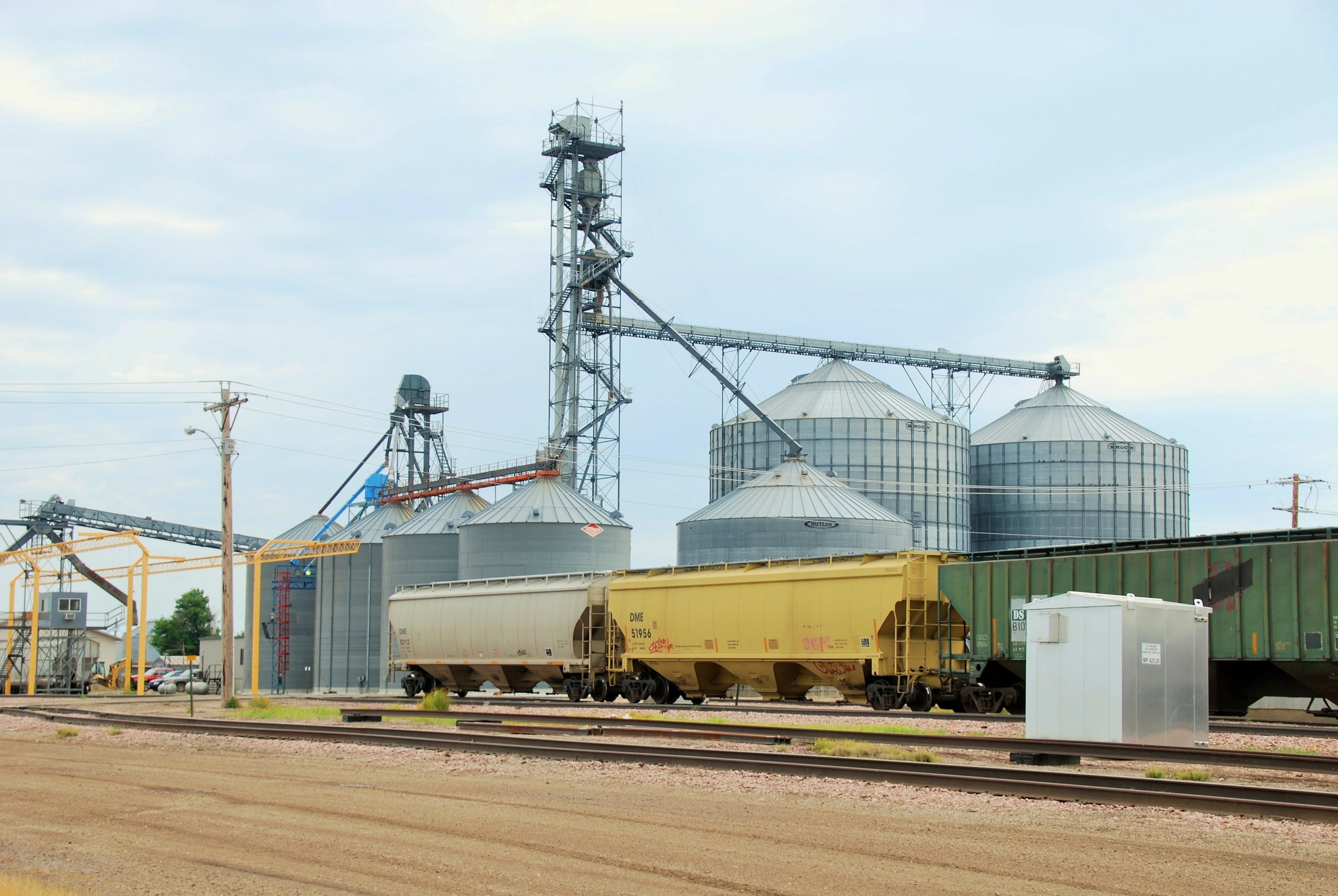U.S. Wheat Supply Chain System: Grain Handlers
By Michael Anderson, USW Assistant Director, USW West Coast Office
Each day during harvest season in the Pacific Northwest, the road to mid-Columbia Grain Company in The Dalles, Ore., is backed up by large grain trucks loaded with recently harvested wheat. A sample is taken from each load, then graded and tested for protein before being offloaded and elevated into segregated storage or directly onto a barge that will make its way down the Columbia River to export grain terminals. Wheat from other up-country elevators is also loaded into rail cars for the trip to port.
Downriver, storage is limited but variable orders must be filled quickly. So, what is being offloaded from up-country is segregated by class and protein, inspected to certify it will meet buyers’ specifications and re-loaded into bulk vessels.
Such logistics are complex, but it is happening all the time across the United States. It is a system that continues to be highly efficient at receiving, storing, sorting, blending and shipping large amounts of grain of uniform quality to a diverse international customer base. To read more about the systems that support U.S. grain handling, visit the National Grain and Feed Association website here.
The North American Export Grain Association (NAEGA) describes exporting grain as both a competitive and capital-intensive industry. On its website, NAEGA states that “since the margin of profit to be earned from moving a ton of grain can be quite small, exporters depend upon moving large volumes very quickly. They seek to achieve an economy of scale that lowers their average fixed costs per unit of volume handled, provides operating flexibility, increases bargaining power in chartering for shipping, and improves the services they can provide worldwide.”
Using trucks, rail and river barges, the U.S. grain handling system in marketing year 2018/19 moved about 56 percent of annual wheat exports through ports in Oregon and Washington State, about 31 percent through ports in Louisiana and the Texas Gulf, about 9 percent from the “interior,” mainly via direct rail from the Plains to Mexican buyers, and 4 percent through ports on the Great Lakes.
From the bookkeepers at country elevators to the longshoremen who load bulk ocean-going vessels, every person in our grain handling system is working hard to add value to every metric ton of wheat our overseas customers purchase. Even today, as the threat from COVID-19 continues, these men and women remain at work, helping to feed the world.
Read other blog posts in this series:
Research and Breeding
Farmers and State Wheat Commissions
Exporters, Inspectors and USW Overseas Offices


